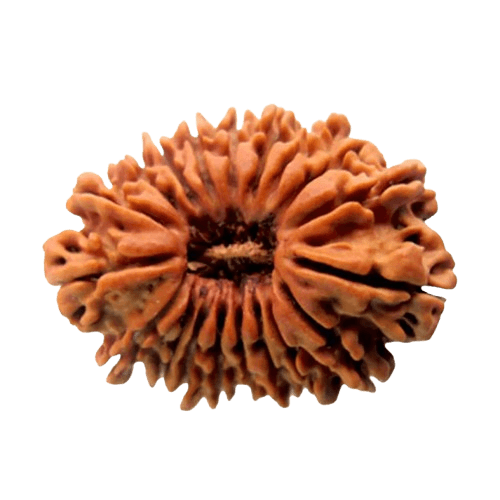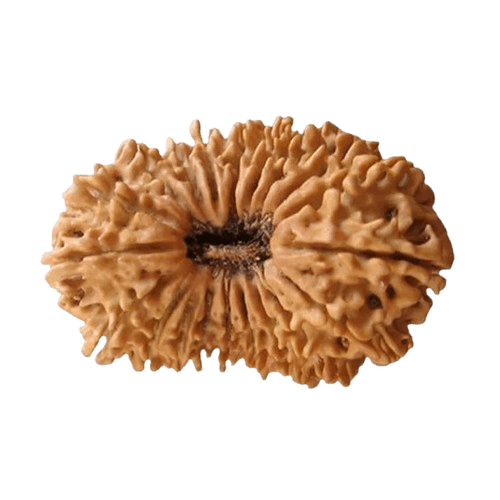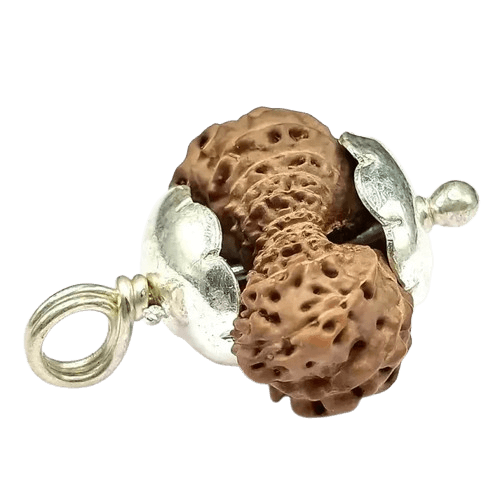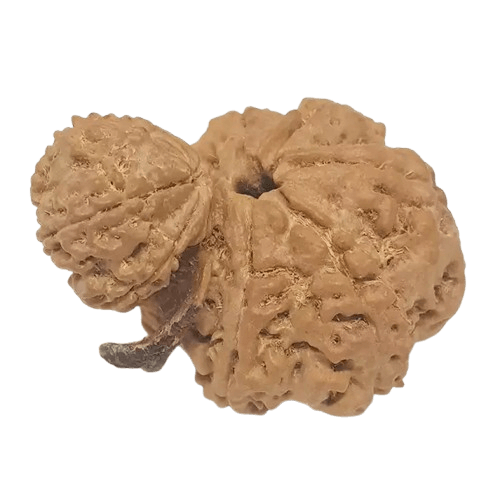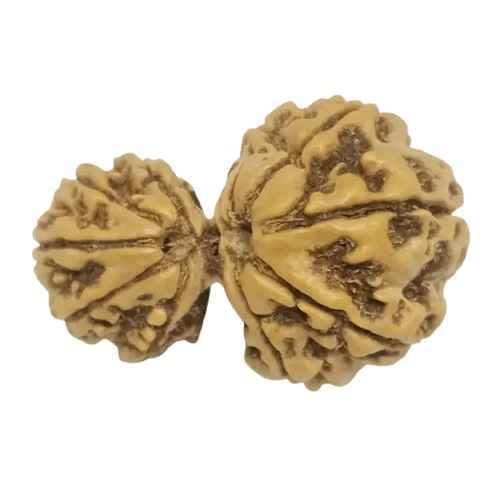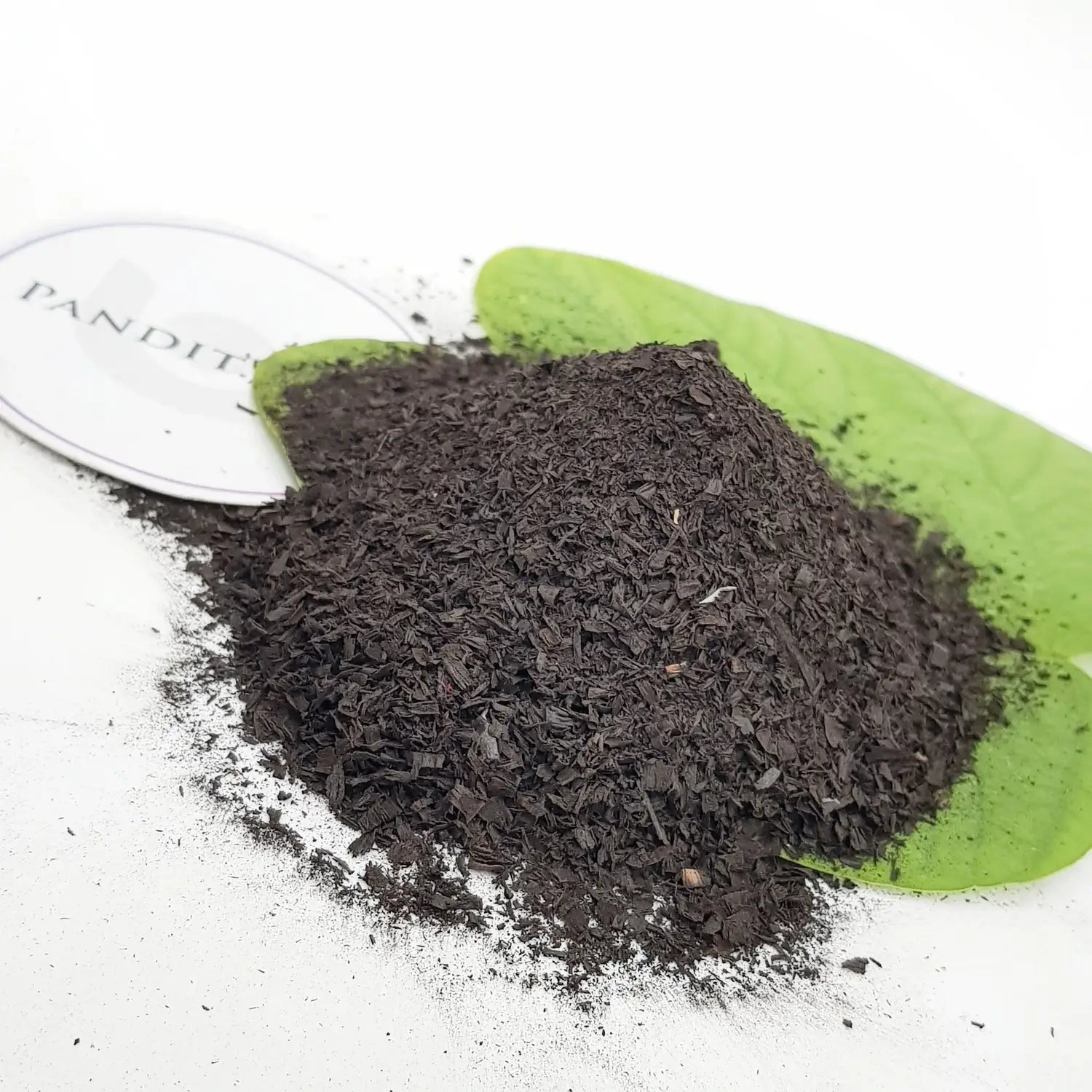 Vaastu Reference in Ancient Scriptures
Vaastu Reference in Ancient Scriptures
Vaastu Shastra is increasing in popularity these days as a conceptual science that helps in creating harmonious settings at homes and places of work. The origin of this science of architecture and directions, however, is not very new. The first reference of this science dates back to the Vedas. Hence, it can be said that Vaastu Shastra as a science has evolved thousands of years back.
Early Concepts:
The earliest Vaastu principles had been framed by observing the rays of the sun at different times of the day. The study of Vaastu incorporated within itself principles related to architecture, construction and sculptures. This science has been referred to in various epics of that period including most of the ‘Puranas’. Vaastu has also been referred to in the most popular epic of ancient times, the Mahabharata. In the epic, Vaastu guidelines have been made use of for constructing palaces of kings and rulers. Buddhist texts have also made various references to Vaastu Shastra. It is a prevalent tradition by which the knowledge pertaining to Vaastu Shastra is passed from a particular generation to the next.
History of the Science:
Modern historians including Havell, Cunningham and Ferguson have conducted extensive studies regarding the origins of Vaastu Shastra. On the basis of their studies, it is known that the science originated sometime around 6000BC. The subject was purely technical and hence its usage was restricted to architects only. The knowledge was passed down the line using oral teaching methods or through monographs that were hand written.
References in ancient literature:
Ancient literature points to the fact that Vaastu Shastra was regarded as a science that was used for constructing temples and palaces of kings. Initial literary references can be traced back to the Amarakosa, a dictionary in Sanskrit that Amara Simha had written. It has also found strong mention in most Puranas, including the Garuda and Vishnu Purana to name a few. Other than these, various epics, including Brihatsamhita, Aparajita Prutchcha and many more has helped shaped the science of Vaastu Shastra.
Strong reference in the Mahabharata:
The Mahabharata is regarded as the biggest and one of the most popular epics of ancient India. It has been said that Indraprastha, the city that had been built for the Pandavas, had most houses constructed using this science. The houses that had been constructed in those cities stood tall and looked majestic. The houses had been kept devoid of obstructions, and the compounds had high walls with uniform heights. The doors were decorated with metal ornaments.
Vaastu and Ramayana:
The other legendary epic of ancient times, the Ramayana, is also said to have a connection with Vaastu Shastra. The planning that was involved in the capital city of Ayodhya, where Lord Rama resided, has been traced has been traced to a text of architecture of those times, the Manasara.
Vaastu and Buddhism:
Vaastu has also been mentioned in the literature pertaining to Buddhism also, in which buildings have been said to be constructed using the principles of Vaastu Shastra. References have also been made about individual buildings. It is also said that Lord Buddha was a firm believer of these principles of architecture and often made references to this architectural science in his teachings. In fact, one of the course advices that he gave to his disciples was to personally supervise all activities related to construction of buildings.
An aspect that needs particular mention is that even modern architectural experts have been mesmerized by the significant planning that was involved in the construction of towns and cities in ancient times. Therefore, the rich traditions of Vaastu Shastra have been in place for thousands of years and have always been regarded with utmost importance.



















































